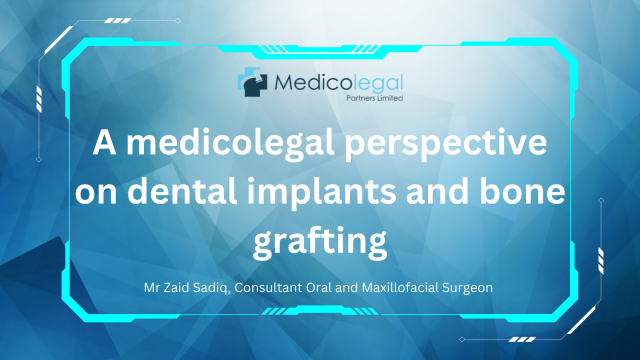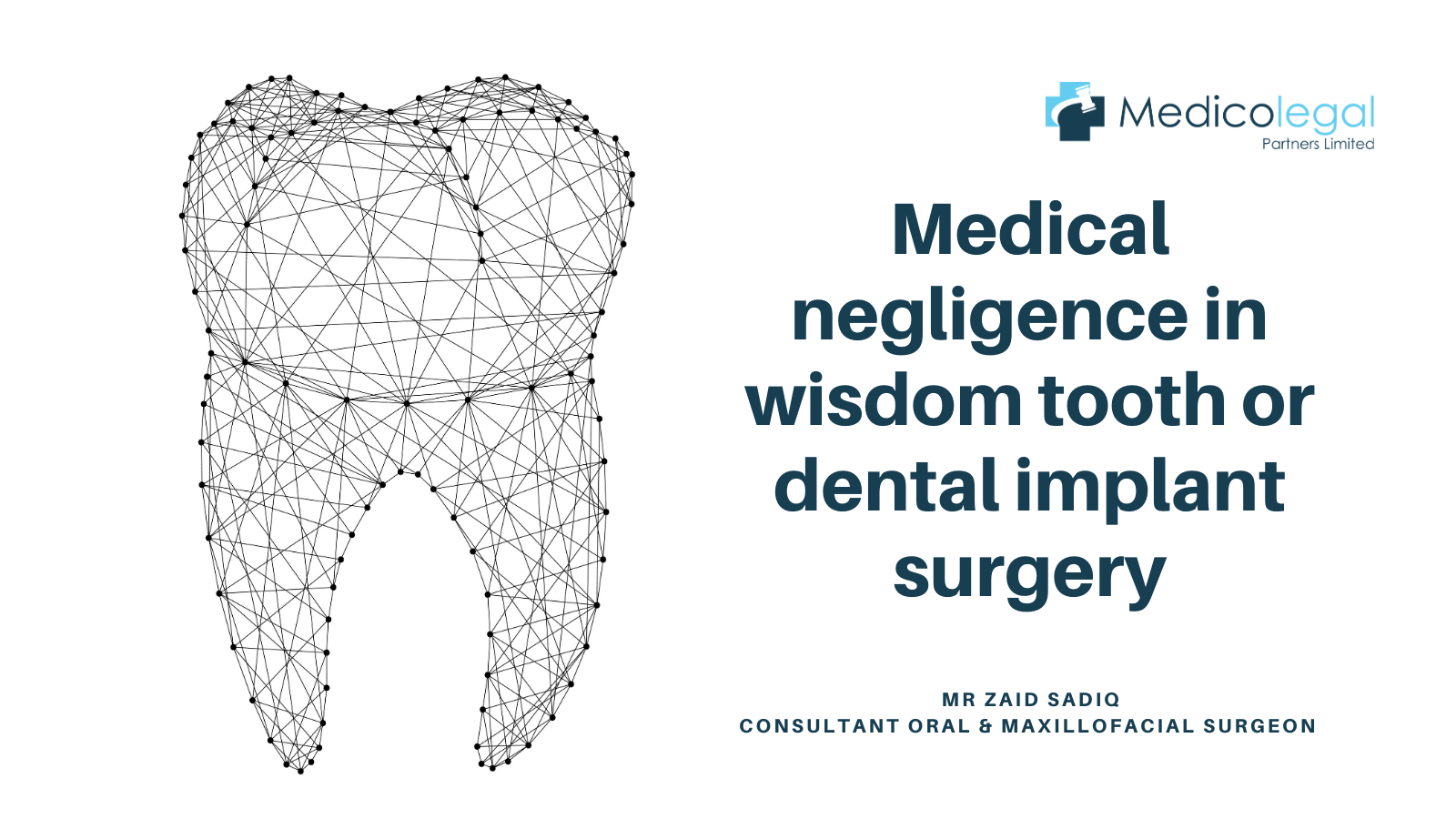Medicolegal issues surrounding consent in dentoalveolar surgery

Other than in an emergency situation, informed consent must be obtained from all patients before any surgical procedure can be performed. Ideally, informed consent is provided by the patient under optimal conditions, without any coercion or time pressure. In reality, this is often not the case, and the consent process is impacted by many factors. However, failure to obtain proper consent is a common cause of litigation. Given that the number of dentoalveolar surgical procedures is rising, a lack of proper informed consent being obtained from patients is likely to become an increasing issue.
There is no standardised procedure for obtaining patient consent in the UK. Usually, the surgeon and patient meet to discuss the proposed procedure and its associated risks. The patient is provided with information about the nature of the proposed surgery, the expected benefits, material risks and possible complications, alternative treatment options and the consequences of choosing not to have the surgery. The discussion is then documented in writing and signed by both parties.
Unfortunately, when questioned later, it is clear that many patients either do not fully understand the risks involved or have forgotten them. This is not entirely surprising, given that many patients may feel anxious about the impending procedure and this may affect their ability to take in and recall information. Furthermore, the patient’s illness or injury may also affect their understanding, particularly if they are in severe pain or under a degree of sedation. Language may also be a barrier, and the patient may ultimately receive only a fraction of the information being discussed if adequate translation facilities are not available.
Documentation in the form of a brochure explaining the proposed procedure, and its associated risks, may allow the patient to assimilate the pertinent information in a quieter, less stressful environment, or in the patient’s native language, thus aiding understanding. However, documentation is not a substitute for a proper discussion between surgeon and patient, and it has been demonstrated that allowing extra time for the consent process has a bigger impact on patient understanding than multimedia approaches to information delivery.
For any surgical procedure, there are hundreds of conceivable risks and it is not possible to discuss all of them during the average consent consultation. While it is essential that all material risks are included in discussions with the patient and on the consent form, it is not always clear what constitutes a material risk. Generally, they are deemed to be those risks that would be regarded as significant by a reasonable person in the patient’s position when deciding whether or not to undergo the recommended procedure. Therefore, it is particularly important to disclose risks that may lead to the patient refusing surgery, and patients should certainly be informed about all serious risks, even if these are unusual or only occur rarely. The scope of the disclosure of material risks may need to be expanded in some patients, particularly those who are unfamiliar with medical procedures. Conversely, there is no obligation to disclose risks that are commonly understood, obvious or already known to the patient, although doing so may offer further protection from litigation. Furthermore, it is clearly vital that clinicians keep up to date with the literature regarding the risks associated with the proposed procedure and alternative treatments, so that the information given is correct.
As well as the risks common to any surgical procedure, dentoalveolar surgery carries specific risks, such as nerve injury and damage to adjacent teeth. Surprisingly, these risks are frequently absent from informed consent forms. For example, the risk of restricted movement of the jaw following surgery was missed off over 95% of forms examined in a recent study. The development of a standardised list of risks for each procedure may reduce the incidence of such omissions in the future. However, this list should still be tailored to each individual patient. Factors that need to be taken into account include work responsibilities, family circumstances, insurance coverage and religious beliefs. It is also important that the surgeon allows enough time for the consent discussion. Nowadays, there is a wealth of information available online and some patients may have many questions and want to engage in a lengthy and detailed discussion.
Occasionally, a surgeon will encounter an unexpected medical abnormality during the procedure which requires treatment. However, it is not possible to seek informed consent from a patient under anaesthesia. For this reason, a good consent form should include a clause removing the need to seek additional informed consent for any unanticipated conditions that arise during surgery. In the event that the patient expressly indicates that they do not want information about the surgical procedure and its associated risks, this waiver must be clearly documented in writing, to protect the healthcare provider should a claim later arise.
There are several ways in which the consent process could be improved. Implementing these changes would benefit patients and ensure that they really are giving informed consent, rather than just consent to surgery. This would also benefit surgeons, as it would reduce the risk of litigation arising.
Further reading:
Hanson M, Pitt D. Informed consent for surgery: risk discussion and documentation. Can J Surg. 2017 Feb;60(1):69-70.
Neff MJ. Informed consent: what is it? Who can give it? How do we improve it? Respir Care. 2008 Oct;53(10):1337-41.




